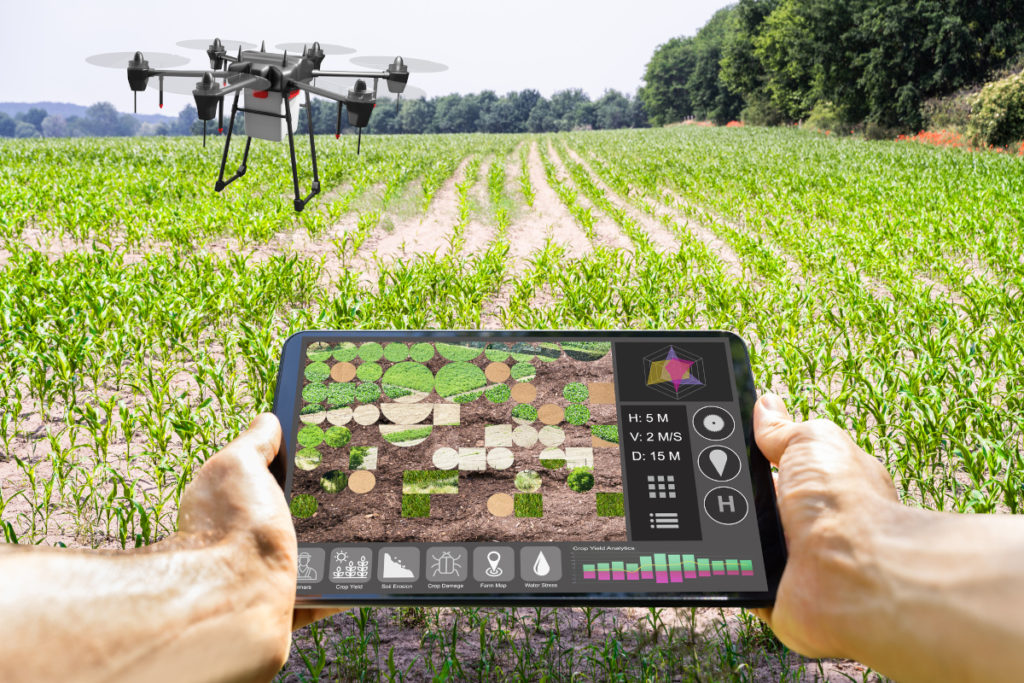The Importance of Real-time Data Logging in Drone Operations
Drones have transformed industries such as agriculture, surveillance, environmental monitoring, and logistics. A crucial aspect of efficient drone operations is real-time data logging, which continuously records and analyzes data to enhance efficiency, improve safety, and support decision-making. Live telemetry allows operators to respond quickly to changes in flight conditions, environmental factors, or technical issues. As drones become more integrated into commercial and industrial applications, the need for accurate and instant data continues to grow.
Enhancing
Operational Efficiency
Monitoring
Flight Parameters
Real-time
data logging enables operators to track key flight parameters like altitude,
speed, battery status, GPS coordinates, and environmental conditions. These
insights help optimize flight performance by allowing instant adjustments,
ensuring stable and efficient flight paths.
Remote
Monitoring and Fleet Management
Live
data streaming enables centralized control of multiple drones, making
large-scale operations like agricultural surveys, industrial inspections, and
security surveillance more efficient. Coordinated drone operations benefit from
seamless communication and synchronization, maximizing productivity.
Predictive
Maintenance
By
tracking engine health, battery life, and sensor performance, real-time data
logging helps detect potential failures early. This proactive approach reduces
downtime, extends drone lifespan, and lowers maintenance costs, ensuring higher
reliability for businesses relying on drone fleets.
Improving
Safety and Compliance
Flight
Anomaly Detection
Real-time
monitoring enhances safety by detecting anomalies such as deviations from
planned flight paths, erratic movements, or mechanical issues. AI-powered
sensors can trigger real-time alerts, enabling quick corrective actions to
prevent accidents.
Regulatory
Compliance
Aviation
authorities like the DGCA and FAA require flight data logging for compliance.
Real-time logs provide verifiable records for audits, legal documentation, and
safety regulations, ensuring drones operate within authorized airspace and
follow flight plans.
Collision
Avoidance
Advanced
sensors use real-time telemetry to detect and navigate around obstacles,
reducing mid-air collision risks. This is particularly useful in dense urban
environments and complex industrial sites where drones must maneuver around
structures and other airborne objects.
Data-Driven
Decision Making
Agricultural
Applications
Drones
equipped with multispectral sensors use real-time data to monitor crop health,
detect pests, and assess soil conditions. Farmers can implement precision
farming techniques, optimize irrigation, and reduce resource waste, improving
yields and efficiency.
Disaster
Management
In
emergency situations, real-time aerial feeds provide first responders with
crucial situational awareness. This allows effective resource allocation and
accurate rescue planning for disasters such as wildfires, floods, and
earthquakes, ultimately saving lives.
Surveying
and Mapping
Real-time
drone data enhances accuracy and speed in geospatial analysis. Surveyors and
engineers rely on live 3D mapping, topographic data, and land assessments to
support infrastructure projects, environmental studies, and urban planning,
reducing project timelines and improving precision.
Conclusion
Real-time
data logging is essential for maximizing efficiency, ensuring safety, and enabling
informed decision-making in drone operations. By continuously recording and
analyzing flight data, it enhances operational control, minimizes risks, and
optimizes drone performance across industries. Future advancements in AI and
IoT will further expand real-time data logging capabilities, leading to greater
automation and predictive analytics.
As
drone technology continues to advance, real-time data logging will play a
critical role in improving efficiency, safety, and regulatory compliance,
making it an indispensable tool for various commercial, industrial, and
emergency applications.
.png)






Leave a Comment
Your email address will not be published. Required fields are marked *